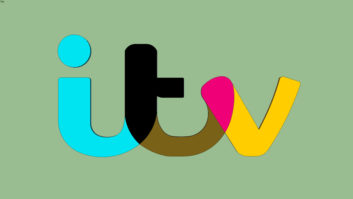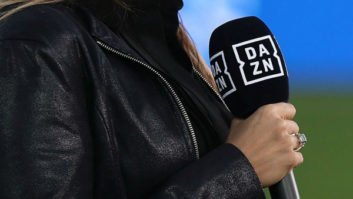Creative content is the backbone of TV. Responsible for programmes that span generations, think Friends and Doctor Who, shows that prompt huge social media responses like Breaking Bad and Game of Thrones, as well as reality phenomena such as The Great British Bake Off and Love Island – creativity drives success.
When it comes to advertising, the same still applies – with iconic ads such as Nestle’s Milkybar Kid, Diet Coke’s 11:30 Break, Guinness’ Surfer, and Cadbury’s Gorilla – and let’s not forget John Lewis’ many Christmas offerings. Splashing the cash on creative production is a formula that works for TV. From £11.5 million an episode for Game of Thrones to £10 million for The Crown, broadcasters have always relied on large production budgets for their TV offerings.
Heavy investment in creative production has long proved to be a winning strategy as content that invokes an emotive response is more likely to attract viewers and resonate with them, resulting in a hit show. And brands follow broadcasters’ lead by splurging on their TV campaigns in an attempt to bring the creativity of TV shows to their advertising. In fact, John Lewis spent approx £1 million shooting each of its iconic Christmas commercials and a budget of £2 million was set aside to produce one 90-second ad for the Sony Bravia “Paint” commercial.
But the question looms, how sustainable is this big-budget creative production in an increasingly digital world?
TV ad campaigns are more measurable than ever before, with many brands already using same-day audience response data such as search activity, web traffic, and app installs, to determine which regions, genres, channels, days, day parts, and spots are most effective at driving engagement. They are then using these insights to make in-flight changes to campaigns, ensuring the maximum return on their TV spend.
But while optimising TV spots is vital, advertisers also need to consider the creative content of their ads to ensure they are captivating audiences and maximising campaign performance.
Brands are already attempting to test the emotional resonance of their TV creatives rather than rely on the traditional gut-instinct method, but their approaches are still in their infancy. Post-campaign analysis is one of the more common techniques, but this doesn’t allow for in-flight optimisation and, with creative only one element considered, is far from accurate.
Other advertisers are utilising input from online surveys or focus groups to improve the effectiveness of their TV ad creatives, but this technique only measures intent, rather than determining real-world response. Finally, some brands are running their TV creatives as YouTube ads, and using data such as skip rates and click-through rates to assess performance – but these metrics only reveal the reaction of the proxy YouTube audience, not the actual TV audience.
To accurately measure the resonance of TV creatives, brands can compare real-world audience response to various creative iterations. They don’t need to create multiple TV ads but can simply change individual elements of one creative while maintaining a consistent brand message. Ranging from minor modifications such as music or voiceovers, to more significant changes such as character or script variations, these alterations can even be made in post-production. Brands can then utilise the same granular audience response data used to optimise TV spots to test their multiple creative iterations, identifying the elements that are most engaging and making real-time changes to dynamically optimise performance.
As a global brand, Delivery Hero faces cross-regional challenges as the company expands its creative testing activities. The duration of ads differ across countries and response varies even more. By setting up a testing process that provides an understanding of duration and creative for each region – rather than comparing cross-country, as the media landscapes are so varied – the optimal mix can be put into action for each region. For example, the data shows three-second spots in Egypt have much higher direct response rates, but in reality 15-second spots may contain the most impactful creative that provides an emotional connection to the brand. When it comes to in-flight changes, Delivery Hero has traditionally made revisions during production, with testing taking place early in the creative process. However, more recently the German team trialled call-to-action updates in-flight which produced an immediate uptick in performance.
Advertisers don’t need to decide on one ultimate TV ad creative, they can and should have the insight to determine which creative elements are most effective for their brand KPIs – allowing marketers to increase or reallocate budget as needed. The emotional response evoked by ad content varies greatly by gender, age, interests, ethnicity and economic status and, with audience-level TV attribution revealing which segments are responding most strongly to individual creative variations, this type of testing and optimisation allows brands to run the most appealing and effective creative for specific TV audiences.
Big production budgets are certainly one way to ensure the emotional impact of creative content, and this model works well across the TV industry, but brands don’t necessarily need to splash the cash to produce ads that evoke a strong audience response. By testing multiple creatives on real-world TV audiences and using same-day insight to optimise creatives in-flight, brands can create TV ads that resonate deeply with target audience segments without blowing the marketing budget.







